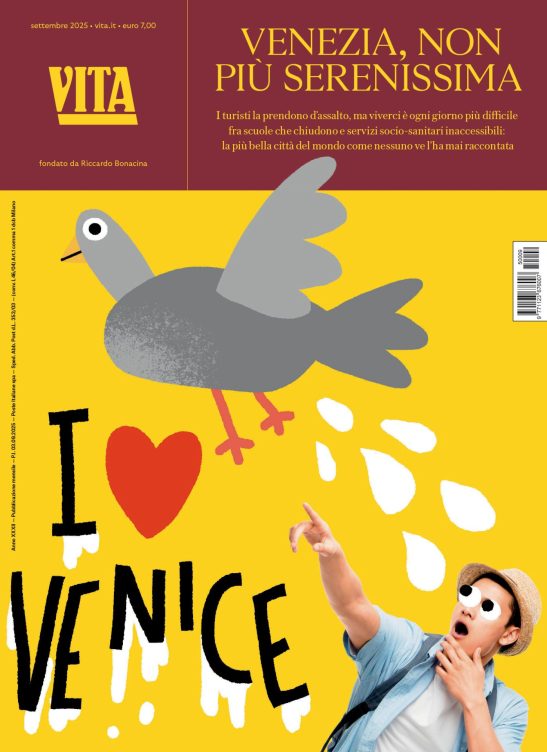Volontariato
Hungary: mission possible
Civil society activities and trends in East Central Europe
A successful fundraising campaign today is characterised by strategy-setting, forward-planning, cost-effective operation and professional execution using marketing techniques known from the world of business. This is one of the conclusions of the first Hungarian Fundraising Conference which was organised for civil society organisations in September 2006 in Budapest.
Private giving makes up only 13 per cent of the Hungarian civil sector making it the fourth among the sources of income after state support (42 per cent) income from own basic activity (29 per cent) and entrepreneurship (15 per cent). This means that private giving has the most potential for development.
If you represent a civil society organisation new to fundraising you should attend a marketing course rather than anything else and learn the necessary background and expressions from DM (direct marketing) through BTL (below-the-line) activities to ROI (return on investment). Apart from learning fancy-looking marketing expressions the potential fundraiser should prepare a strategy which describes the goals of the campaign/programme, the expected amount of funds to be raised and identifies the potential funders. Then comes the approach of the companies or individuals; the signing of the contract; followed by a successful co-operation and ended by a report.
But a fundraising activity or request for support cannot be described so easily in practice. The ability to make a well-executed introduction of our project is as much part of the game as the necessity that the potential funder feels ? at least some ? affinity towards our mission. Other, more subjective factors, including personal contacts, play an important part in becoming a beneficiary.
It is a common critical view of many funders that they are only respected till the point when they have already made the payment and have often little knowledge on the use of funds or the outcome of the programmes they support. Albeit this type of short sightedness from civil society organisations is expected to reduce (primarily because a long-term commitment creates a mutually advantageous situation where the beneficiary has to spend less time on fundraising itself while the funder can be sure about its allocation) the liberal handling of reports has had the result ? among others ? that the competition between substance (the content of an activity) and process (the way an activity is carried out) started to shift towards the latter. This means in practical terms that an increasing number of civil society activities look professional but the actual activity is carried out at a lower level. On the other hand let?s emphasise that many projects look and act professional and let?s hope that these are the ones that enjoy the most support.
Parallel to the conference the organisers have published a booklet on fundraising in English. Entitled ?Mission Possible? the publication describes in detail 14 fundraising campaigns in East Central Europe (Bosnia and Herzegovina, Bulgaria, Croatia, Hungary, Poland, Romania and Ukraine).
Cosa fa VITA?
Da 30 anni VITA è la testata di riferimento dell’innovazione sociale, dell’attivismo civico e del Terzo settore. Siamo un’impresa sociale senza scopo di lucro: raccontiamo storie, promuoviamo campagne, interpelliamo le imprese, la politica e le istituzioni per promuovere i valori dell’interesse generale e del bene comune. Se riusciamo a farlo è grazie a chi decide di sostenerci.
